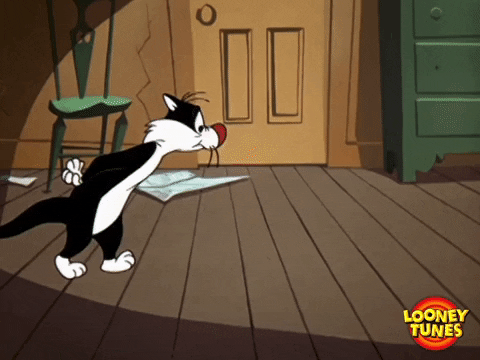When it comes to effective writing, engaging your readers’ senses and imagination is crucial.
Strong visuals can bring your words to life, allowing readers to fully immerse themselves in your story or message.
Whether you are a seasoned writer looking to refine your skills or a beginner eager to make an impact, this comprehensive guide will provide you with practical tips and techniques to create compelling visuals in your writing.
1. Choose vivid and descriptive language
To paint a vivid picture in your readers’ minds, carefully select words that evoke strong imagery.
Consider the following strategies:
- Use sensory details: Engage multiple senses by incorporating descriptive language that appeals to sight, sound, smell, taste, and touch. For example, instead of saying “the car was fast,” you could write, “the sleek sports car zoomed down the winding road, its engine roaring like a beast.”
- Employ metaphors and similes: These figures of speech create powerful visual connections by comparing two seemingly unrelated things. For instance, “her eyes sparkled like diamonds” instantly conjures an image of dazzling brightness.
2. Employ effective storytelling techniques
Storytelling is an excellent tool for creating visuals that captivate readers.
Consider the following approaches:
- Show, don’t tell: Instead of explicitly stating emotions or details, demonstrate them through actions, dialogues, and sensory descriptions. This technique allows readers to visualize the story and connect with the characters on a deeper level.
- Develop vibrant characters: Craft multidimensional characters with distinct personalities, quirks, and appearance. By providing detailed descriptions, readers can form clear mental images of the characters, enhancing their engagement with the narrative.
3. Utilize vivid settings and atmospheres
The environment in which your story takes place can greatly contribute to its visual impact.
Consider the following methods:
- Paint a vivid setting: Describe the physical surroundings in detail, paying attention to elements such as lighting, weather conditions, and architectural features. By creating a rich sensory experience, readers can immerse themselves in the world you’ve created.
- Establish mood and atmosphere: Use descriptive language to convey the emotions and ambiance of a scene. Whether it’s a serene beach at sunset or a tense, dimly lit room, the atmosphere you create enhances the readers’ emotional connection to the story.
4. Harness the power of imagery and symbolism
Imagery and symbolism can evoke powerful emotions and deepen the impact of your writing.
Consider the following techniques:
- Use vivid metaphors and analogies: Metaphors and analogies create mental pictures by comparing two seemingly unrelated concepts. They provide a fresh perspective and enable readers to see things in a new light.
- Incorporate symbolic elements: Symbolism adds layers of meaning to your writing. By using objects, colors, or recurring motifs that carry symbolic significance, you can evoke emotions and convey abstract ideas in a visual and memorable way.
5. Employ effective pacing and structure
The way you structure your writing and control its pace can significantly influence the visual experience for readers.
Consider the following strategies:
- Vary sentence length: Experiment with short, punchy sentences to convey urgency or action, and longer, descriptive sentences to create a more leisurely or contemplative mood. This variation in sentence length enhances the rhythm of your writing and keeps readers engaged.
- Utilize paragraph breaks strategically: Break up lengthy paragraphs to create visual breathing space for readers. This allows for easier digestion of information and emphasizes important points.
- Craft compelling transitions: Smooth transitions between paragraphs and sections improve the flow of your writing, helping readers maintain a clear mental picture as they progress through your piece.
Elevate your Writing by Creating Strong Visuals
By implementing the techniques and strategies outlined in this guide, you can elevate your writing by creating strong visuals that leave a lasting impact on your readers.
Remember to choose vivid and descriptive language, employ effective storytelling techniques, utilize vivid settings and atmospheres, harness the power of imagery and symbolism, and employ effective pacing and structure.
By incorporating these elements into your writing, you will be able to engage your readers’ senses, spark their imagination, and create a visual experience that resonates with them.
Creating strong visuals in writing is not only valuable for fiction and storytelling but also for non-fiction, marketing copy, and various other forms of communication.
Whether you’re crafting an engaging blog post, a persuasive sales pitch, or an informative article, the ability to create vivid visuals will enhance the effectiveness of your message and make it more memorable.
Remember, practice is key. Keep honing your skills by reading works from accomplished authors, experimenting with different techniques, and soliciting feedback from others.
With time and dedication, you’ll develop a writing style that captivates readers and brings your words to life.
So go ahead and embark on your journey to create strong visuals in your writing.
Unlock the power of descriptive language, storytelling techniques, and the use of imagery and symbolism.
As you master these skills, you’ll be able to craft compelling narratives and messages that resonate deeply with your readers, leaving a lasting impression and setting your writing apart from the rest.








